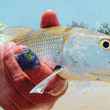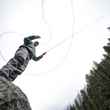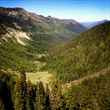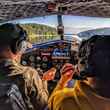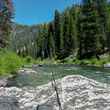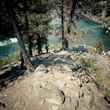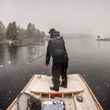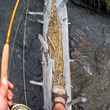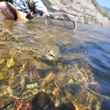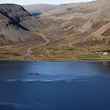Efforts to restore salmon habitat and rebuild healthy, wild salmon populations in much of the Pacific Northwest have perhaps never been stronger. Dams are coming down, government agencies are reducing stocking efforts and their damaging effects on wild fish populations and researchers are learning more each day about what steps are required to bring back the once vibrant salmon populations of Pacific northwest states like California, Oregon and Washington. Unfortunately, the results of a recent study published in the journal Progress in Oceanography suggest that these efforts may be fighting a losing battle, thanks to the effects of climate change. The results of the study identify waters off the coasts of states like California and Oregon as likely hot spots for local extinctions, as populations of sensitive coldwater fish species -- including steelhead and all five Pacific salmon species -- flee northward to avoid warming ocean waters.
According to the study, anthropogenic climate change is causing changes in ocean conditions that are much more rapid than previously known natural changes. These include physical changes such as those to water temperatures and ocean currents, as well as chemical changes in acidity and oxygen content. These have led to changes in spatial distribution of many marine species and to a lesser degree biological changes such as effects on physiologies and phenologies.



